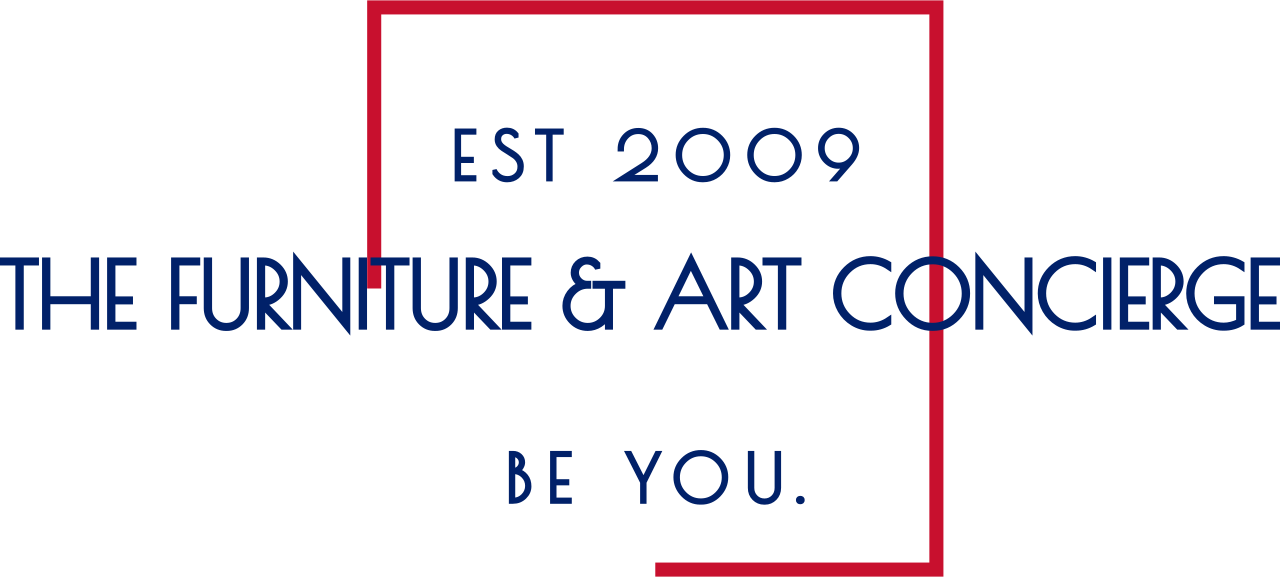 Michael Tickner Drifters Return, Howe Sound, B.C. What is good art? By Michael Tickner I am very pleased to be able to present a piece by Michael Tickner.
he question is often asked as “What is a good painting?” Having been a professional visual artist for almost 40 years, it is a question I have been asked many times. My answer is to throw it back to the person asking the question. Ultimately, I think that it is up to the individual to discern his or her own definition. I think that to answer this question – and why people ask the question in the first place – really has more to do with how a person approaches art rather than the piece of art itself, and which piece is good, empirically. I have always felt that a painting is a means of communication, hopefully, a conversation, between the creating artist and the viewer. Consider the first forms of visual art with which we are all familiar; the art found on cave walls. This was obviously a means of communication, extremely early ‘communications technology’ if you will. The message would read: “This is what the food we eat looks like. It is found over in that direction. This is how we hunt and kill it.” It is not difficult to understand to us, although I have to wonder if some cave dwellers, especially those that did not do the hunting, had a hard time understanding this ‘new technology’. Speeding through many millennia of human evolution we come to a time when ‘visual artists’ such as they were, created records of battle victories in stone relief and paintings on walls. These images recorded battles and victories to convey how great a leader or religious figure was to a society. Often these representations were used to create fear or loyalty to a group or individual. These great visuals were placed, not in humble homes but were created on a grand scale to be part of buildings where people would gather and be impressed by those that constructed these great edifices. We can easily see how viewing these impressive displays would convey an importance not only to the individuals portrayed but also to the artworks themselves. Stepping back into our ‘time machine’ we arrive a few millennia on in the development of our ‘visual technology’. There are many creations of enormous paintings that now included perspective, the purpose of which was to allow the viewer to experience being there in the moment the artist captured. Although we are familiar with this experience it must have been seen as magic when observed for the first time. These pieces were now stand alone works of art that were not only in important social buildings but also in castles and grand manors of important and wealthy members of society. This added to the magic of the artworks; not everybody would have the chance to see these pieces or get the experience of ‘understanding’ art which lead to a lack of familiarity among the masses. This unfamiliarity with any subject we encounter creates a certain lack of confidence in assessing the value in the subject. This is experienced by many with the ever increasing new technology to which we are exposed. So let us take a look at the individual’s qualifications to decide what is good art? First, we must agree that a piece of visual art, a painting, is a means of communication, that this has proven by the use of art throughout the ages. Can we now say, through our collective evolution, that we have passed the point of the mystique or magic of art? If we remove this “mystique” that surrounds art, born of the thought that only a select few can enjoy art, then we can give ourselves permission to decide what we do and do not like in art. Now we each have the ability to have pieces of art in our lives, which we experience as “good art” because we allow ourselves a personal relationship with a piece we choose, or in some cases “are chosen by the piece itself”, or so it may feel in the moment. The artist’s responsibility, in starting the conversation with a piece of art created, is in the building of the work. This involves designing a balance of line and colour so that the viewer is captured long enough to engage in this conversation, creating their own understanding and relationship with the work. So to answer the question, what is good art? I would suggest it is art which joins the individual in a conversation which the artist starts. ‘Good Art’ is really in the eyes of the beholder and not the same works for everyone. Therefore it is for the individual to decide that which is good art for themselves, by virtue of their connection to the art, and belief in ones self. Michael Tickner was born in 1947 and has been a professional visual artist since 1972. |




